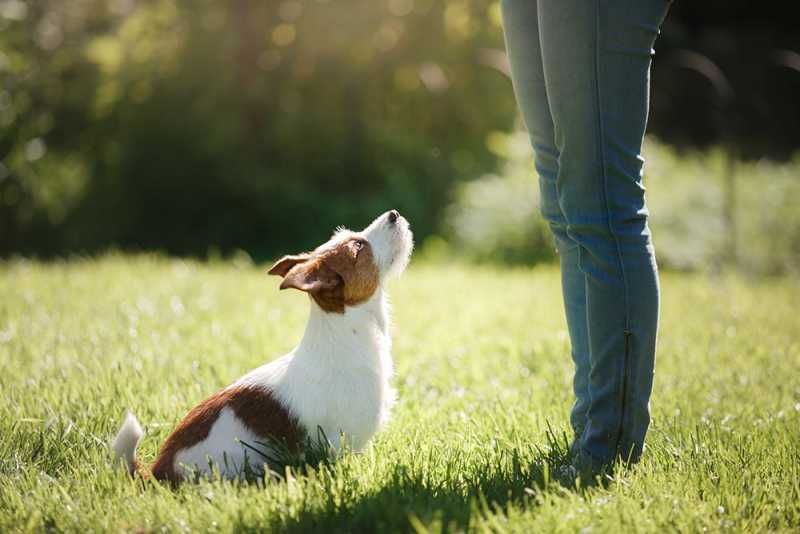Effective communication is the cornerstone of a strong human-canine relationship, and mastering the art of communication is key to successful Dog training Seattle. Dogs are highly receptive to our cues, both verbal and non-verbal, making it essential for pet parents to understand and employ communication strategies that resonate with their furry companions. Here are some principles for achieving harmonious communication and fostering a positive training experience:
Clear and Consistent Signals:
Clarity is paramount when communicating with your Dog training Seattle. Use clear and consistent signals, whether through verbal commands, hand signals, or a combination of both. Dogs thrive on routine and predictability, so maintaining consistency in your communication helps them understand your expectations.
Body Language Awareness:
Dogs are masters at reading body language. Be mindful of your posture, facial expressions, and gestures, as these elements convey messages to your canine friend. A relaxed and open posture communicates a sense of calm, while tension may signal unease.
Positive Reinforcement:
Embrace positive reinforcement as a powerful communication tool. Reward desired behaviors promptly with treats, praise, or affection. Positive reinforcement not only motivates your dog but also strengthens the bond between you and fosters a positive training environment.
Timing is Everything:
Timing plays a crucial role in effective communication during Dog training Seattle. Deliver rewards or corrections promptly to ensure that your dog associates the consequence with the specific behavior. Delayed responses can lead to confusion and hinder the learning process.
Understanding Canine Body Language:
Just as dogs interpret human signals, it’s essential for pet parents to understand canine body language. Recognize signs of stress, excitement, fear, or relaxation in your dog. This awareness allows you to adjust your communication approach and tailor training to your dog’s emotional state.
Patience and Empathy:
Cultivate patience and empathy in your communication style. Dogs may not grasp commands immediately, and each dog learns at its own pace. Avoid frustration, stay calm, and adjust your approach based on your dog’s individual needs and learning style.
Building Trust:
Trust is the foundation of effective communication. Create a bond of trust with your dog by being consistent, reliable, and responsive to their needs. A trusting relationship encourages your dog to engage with you during training sessions and fosters a positive learning experience.
Adaptability:
Dogs are individuals with unique personalities and temperaments. Adapt your communication style to suit your dog’s character. Some dogs may respond better to a gentle tone, while others may require more assertive communication. Tailor your approach to meet your dog where they are in terms of their comfort level and personality.
Interactive Engagement:
Make training sessions interactive and enjoyable for both you and your dog. Incorporate play, exploration, and positive experiences into the learning process. This creates an environment where your dog associates training with fun and engagement.
In mastering the art of communication, Dog training Seattle becomes a collaborative effort, strengthening the connection between pet parents and their canine companions. Through understanding and effective communication, you not only shape your dog’s behavior but also nurture a relationship built on trust, respect, and shared experiences.



